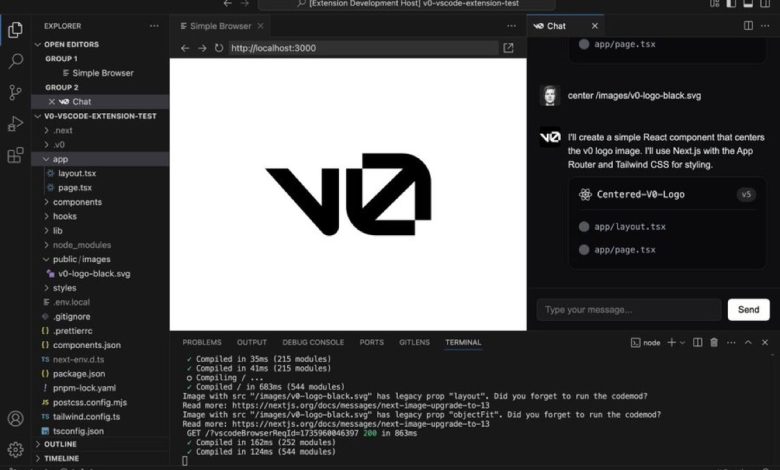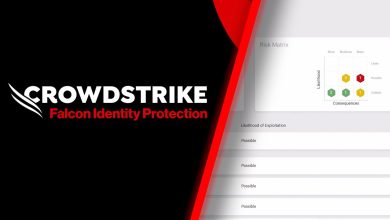Okta Observes Weaponisation of AI Tool v0 in Phishing Campaigns
Okta Threat Intelligence has observed threat actors leveraging AI-powered development tools to develop phishing infrastructure with little more than a few natural language prompts.

Okta Threat Intelligence observed a cluster of phishing activity leveraging v0.dev, a generative AI-powered development tool created by Vercel, to develop and host multiple phishing sites that impersonate sign-in pages for legitimate brands, including Okta, Microsoft 365 and cryptocurrency companies.
The v0.dev platform allows users to generate web interfaces using simple natural language prompts. Okta researchers confirmed that attackers are using this capability to rapidly develop convincing phishing pages that spoof well-known brands, increasing the scale, speed and believability of their campaigns.
“This marks an expected turning point in adversarial use of AI,” said Brett Winterford, Vice President at Okta Threat Intelligence. “We had anticipated we would soon enough see attackers stepping up from using AI to create convincing phishing lures, to now using AI to create the infrastructure that supports phishing campaigns at scale. With these tools, the least skilled adversary can build convincing phishing infrastructure in seconds. This is a wake-up call for every organisation that relies on outdated defences like password-based logins. You can’t rely on perimeter defence and awareness campaigns alone to mitigate attacks: you need passwordless solutions that remove the ability of users to submit a credential to an attacker.”
Okta has also observed attackers using public GitHub repositories to clone v0 or build custom generative tools, further democratising access to advanced phishing capabilities.
Okta’s Recommendations vs. v0 in Phishing
To defend against AI-generated phishing threats, Okta Threat Intelligence recommends:
- Require phishing-resistant authentication. Deploy and enforce the use of phishing-resistant methods such as Okta FastPass, which cryptographically binds the user to the site they enrolled with.
- Bind access to trusted devices. Use device trust policies to ensure only managed or security-compliant devices can access sensitive applications.
- Trigger step-up authentication for anomalies. Use Okta Behaviour Detection and Network Zones to require additional verification when unusual patterns are detected.
- Update security awareness programs. Educate employees on the evolving sophistication of AI-powered social engineering.
Okta Threat Intelligence is a unit within Okta that develops timely, highly relevant and actionable insights about the threat environment, with a strong focus on identity-based threats. The security contacts at Okta customers can access a detailed security advisory at the Okta Security Trust Centre.




